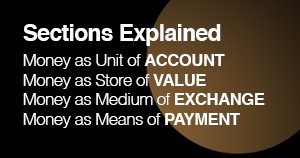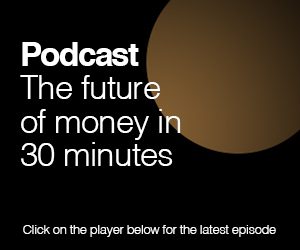Stablecoins—digital currencies pegged to existing money, like the dollar, euro, pound or gold—are the hottest topic in finance.
From crypto-market dollars like Tether and Circle to Facebook’s Diem project and tomorrow’s central bank digital currencies (CBDC), many stablecoins are staking a claim to be the payments medium of the future.
But stablecoins are not a new idea, says Peter Wierts, a senior economist at the Dutch central bank, an associate professor at the Free University and our guest on the latest New Money Review podcast.

Peter Wierts
In fact, their design closely resembles the money issued by the 17th/18th century Bank of Amsterdam, says Wierts, who authored a paper on the topic last year with economists from the Bank for International Settlements (BIS).
Bank of Amsterdam money was the dominant global currency of its time, admired by Adam Smith and Voltaire.
But eventually it went wrong—and in a way that carries lessons for today’s stablecoin operators, says Wierts.
Listen to the podcast to hear Wierts and New Money Review editor Paul Amery discuss:
- What ‘money’ means in a digital age
- How the Bank of Amsterdam resolved the problems of currency competition
- Why the Bank of Amsterdam is relevant for today’s stablecoins
- Stablecoins’ asset backing and why it matters
- Why the market value of stablecoins can differ from their intrinsic value
- How a stablecoin run can occur even with 100% backing
- Why the Bank of Amsterdam started providing credit
- How the governance of the Bank eventually failed
- Stablecoin governance and the importance of incentives
- The timetable for the introduction of European Union’s new digital currency
Sign up here for the New Money Review newsletter
Click here for a full list of episodes of the New Money Review podcast: the future of money in 30 minutes
Related content from New Money Review
Global regulators close in on tether









